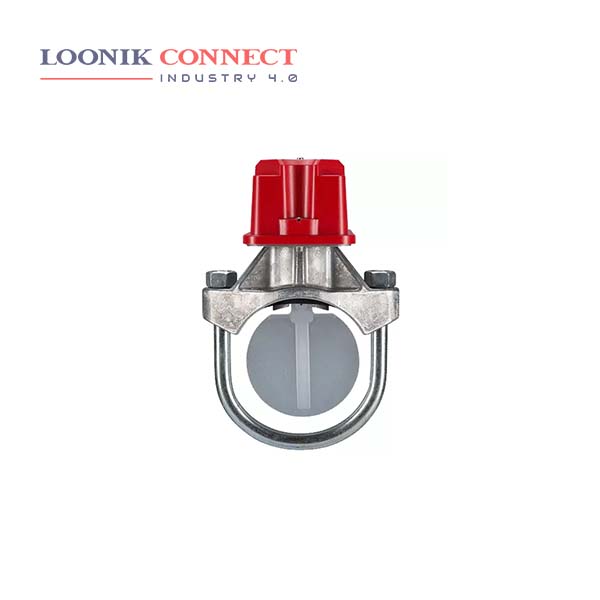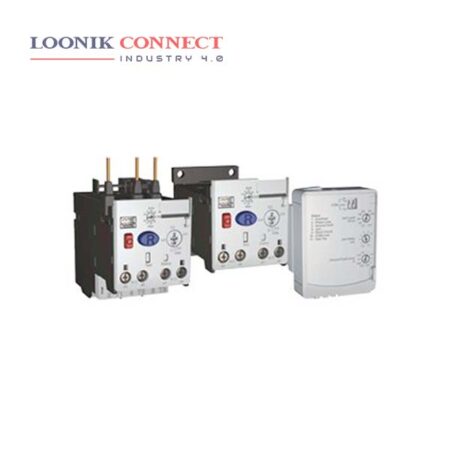A flow switch, like all switches, is a device designed to make and break an electric current in a circuit. In an industrial system, a flow switch is essential in monitoring and controlling the flow rate of process media – such as steam, liquids, and gases. A flow switch, sometimes referred to as a flow sensor or flow indicator, is a device used to monitor the flow rate and pressure of liquids, air or other gaseous media through a duct, system or loop.
A flow switch is a mechanical instrument that is used to control the flow of air, steam or liquid. Flow switches work by sending trip signals to another device (a pump for example) within the system, telling it to shut off or to turn on, which will further protect it from damage and for cooling circuit protection. Water flow sensor consists of a plastic valve from which water can pass. A water rotor along with a hall effect sensor is present the sense and measure the water flow. When water flows through the valve it rotates the rotor. By this, the change can be observed in the speed of the motor.
The different types of flow sensors generally fall into one of three categories: Positive displacement flow sensors. Mass flow sensors. Velocity flow sensors. They are commonly used in HVAC systems, medical devices, chemical factories, and septic systems. Flow sensors are able to detect leaks, blockages, pipe bursts, and changes in liquid concentration due to contamination or pollution.










